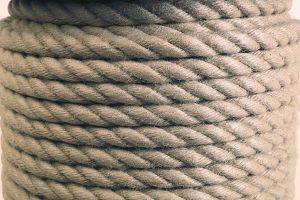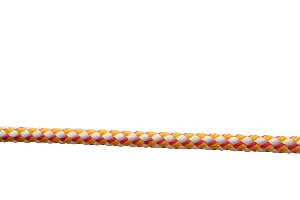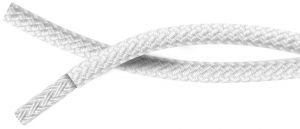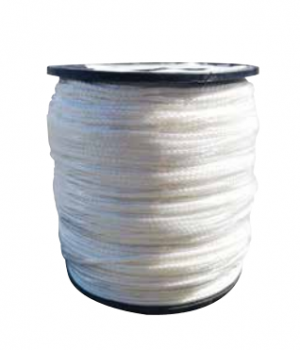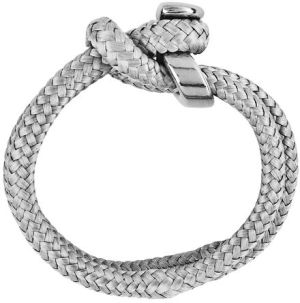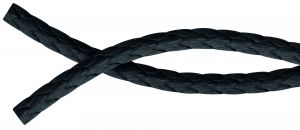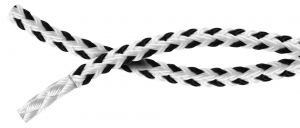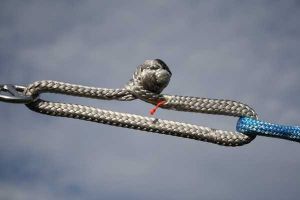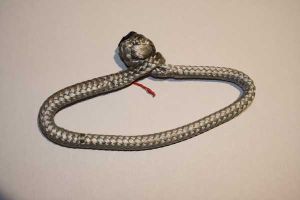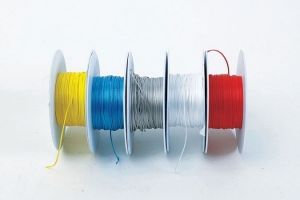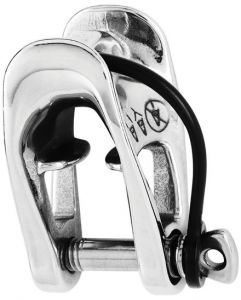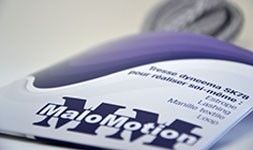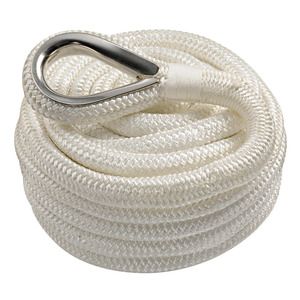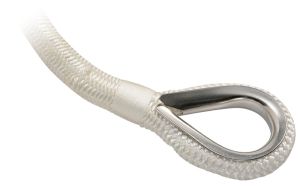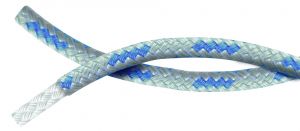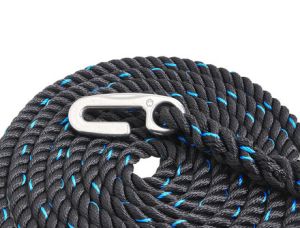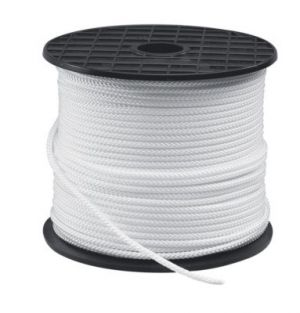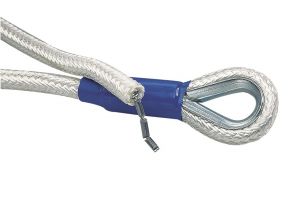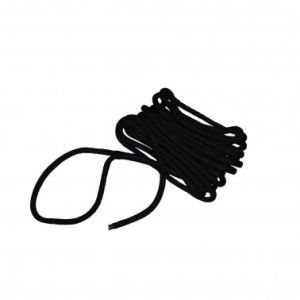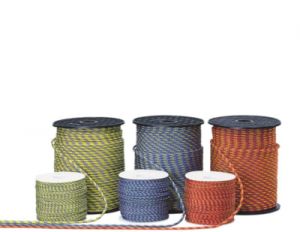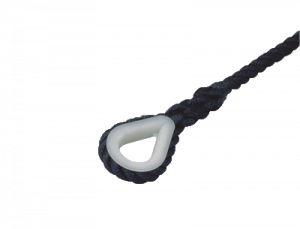By materials
After choosing your rope according to its use, you will need to select a fiber adapted to your needs and program of navigation. Synthetic fiber or natural fiber, both offer different qualities. Today, natural hemp fiber is almost only used for decoration or restoration of old rigging.
Polyester, Polyamide, Dyneema or even polypropylene are the most common synthetic fibers on the marine rope market. They all guarantee durability and resistance to application conditions in a marine environment, bringing hemp rope to the world of decoration or DIY.
HEMP ROPE
Same if it has been replaced by a version that perfectly imitates its appearance, the is inseparable from the world of sailing. From the manufacture of fishing nets to use in boat rigging, natural hemp fiber was already commonplace in medieval times. This is why hemp is still associated with the marine imagination, even if synthetic materials and fibers have largely replaced it today.
100% natural, ecological fiber with an authentic appearance, hemp rope is recognizable by its beige color and its softness to the touch. If treated for outdoor use, this material can be used for many purposes. However, be careful to check the breaking load and the environment in which the hemp will be used.
DYNEEMA
It's thanks to evolution of technologies that materials like Dyneema were able to see the light of day. Very common in the world of competition, the is a material with very high tensile strength. In fact, Dyneema fiber is five times more resistant than standard polyester rope. This is one of its many qualities, in addition to offering low elongation, minimal weight and excellent buoyancy.
Like all synthetic fiber marine rope, Dyneema fiber is not damaged by UV rays or salt. A material with unrivaled performance, Dyneema rope is made of polyethylene and is used in particular for the manufacture of halyards for optimal adjustment of the sails of competition boats.
In spools or by the meter, browse our online marine rope store to find the Dyneema fiber that best suits your use. Different diameters of Dyneema marine rope are in stock on Nautisports, such as 8mm, 10mm or 12mm Dyneema rope. Please note that Dyneema fiber may also be suitable for standing rigging on any type of sailboat.
NYLON
Also known as polyamide, nylon is also a synthetic material used in the world of sailing for its great resistance. Easy to use, the flexibility of nylon allows, for example, tying marine knots without much difficulty. At a smaller diameter, it is a material that is also used a lot in making tennis racket strings.
On the other hand, one of the rare disadvantages of is that it absorbs water. In fact, it becomes heavier and becomes more difficult to handle during maneuvers. This is why we mainly use nylon, or polyamide, for moorings or mooring lines. Its ability to withstand shocks at sea guarantees maximum safety for your boat when it is moored in port or at anchor at sea, for increased durability.
POLYESTER
For an all-purpose material, with almost incomparable resistance in an outdoor environment, polyester remains one of the most used synthetic fibers. Mooring lines, halyards or sheets, we find the rope on numerous decks and rigging of pleasure sailboats or cruise. Enduring against UV rays, as well as sea water and humidity, polyester is also very resistant to breakage. It is a premier material in boating for the manufacture of all types of ends on board.
Thanks to its numerous technical properties and possible variations, polyester is one of the rope materials useful in diverse and varied fields such as handling operations, mooring, DIY, gardening... If you are research of a versatile rope material for your boat and you are not aiming for regatta performance, polyester will bring you the greatest satisfaction.
POLYPROPYLENE
The more often available in standard or textured imitation hemp version, the is a very versatile marine rope because it is very resistant to abrasion and heavy loads. This is why it is found in many fields of activity such as construction, industry, lifting, gardening or DIY.
As with all marine rope, PP polypropylene rope is anti-UV treated. It is also rot-proof, resistant to sea water and guarantees good flotation. It is found on board in the form of moorings and hawsers, even on the decks of ships with large tonnages such as in the merchant navy.
In addition to these technical manufacturing qualities, polypropylene is very inexpensive. It is a choice of material that we recommend for its various properties and its unbeatable quality/price ratio. Note that for a more natural effect, you will find imitation hemp textured polypropylene rope on our site for all your decoration activities both indoors and outdoors.
CHOICE OF MARINE ROPE BY MATERIAL
Find on Nautisports all the ropes by material essential for your sailboat: Dyneema fiber halyards for performance in regattas and competitions or braided polyester moorings for wintering of your pleasure boat. Even if we still find natural hemp rope on old rigging, prefer this one for interior decoration in a marine style with the most beautiful effect. Technical advances have made it possible to develop marine rope materials for many uses at sea.
Ensuring the choice of marine rope according to the different materials available on the market means offering safety and longevity to your sailboat. Choosing one synthetic fiber over another can affect sailing performance and even influence the reliability of your rig. Each material has its own characteristics, so there is no need to look for a single-use tip. There is no fiber that can replace all of your rope on board. It should be noted that polyamide and polyester type materials are intended for mooring and mooring, because they are solid, while the performance and manageability of polyester and Dyneema fibers are used for the manufacture of halyards and sheets.





